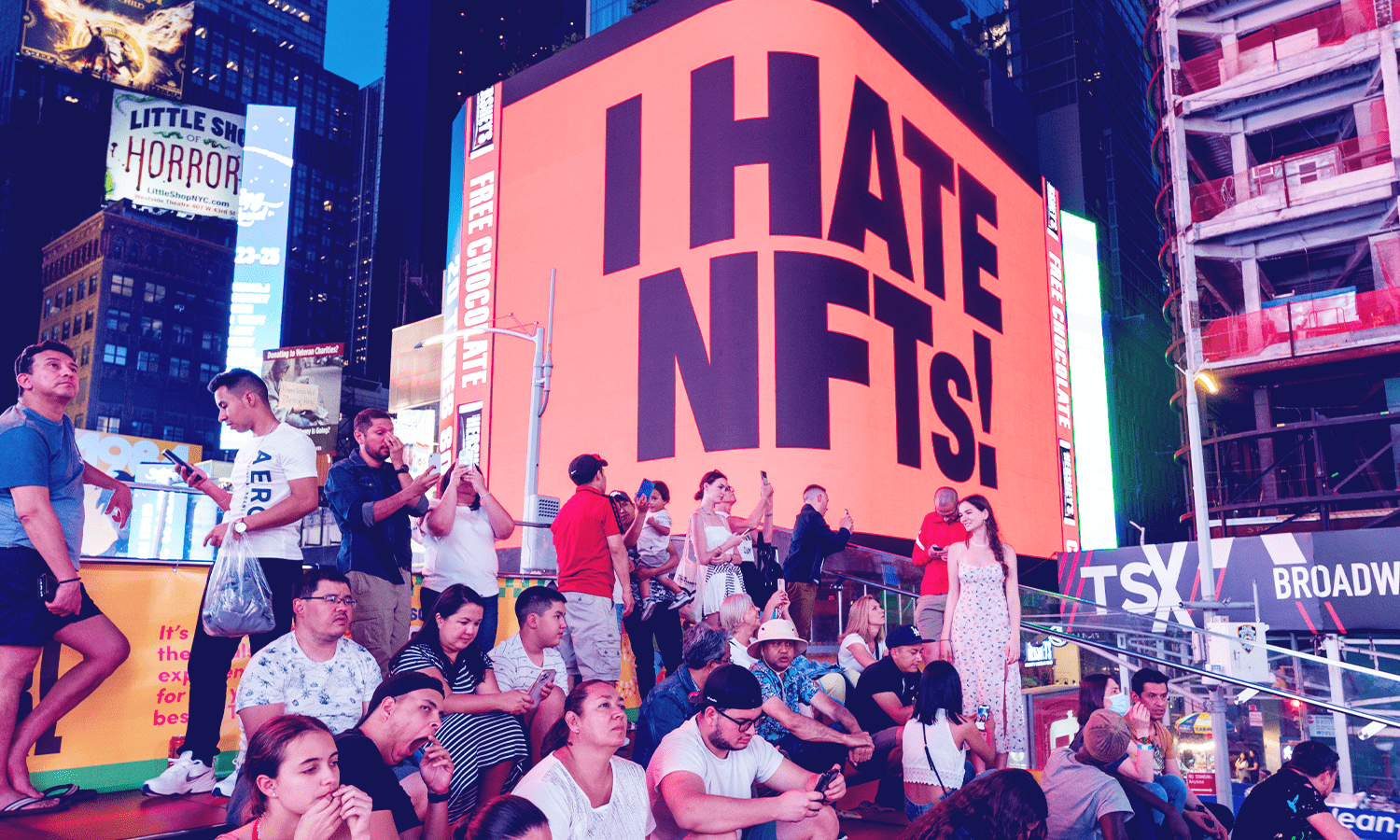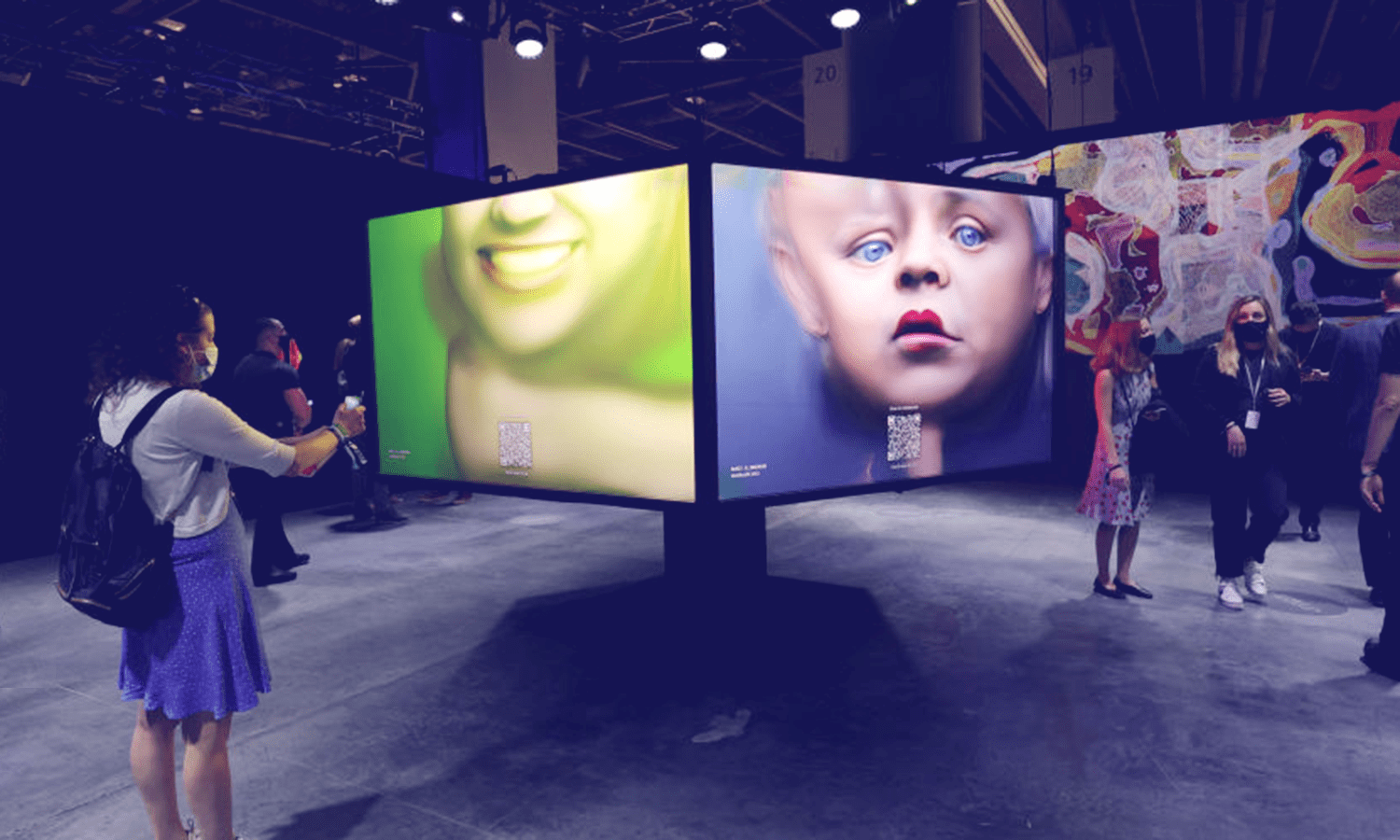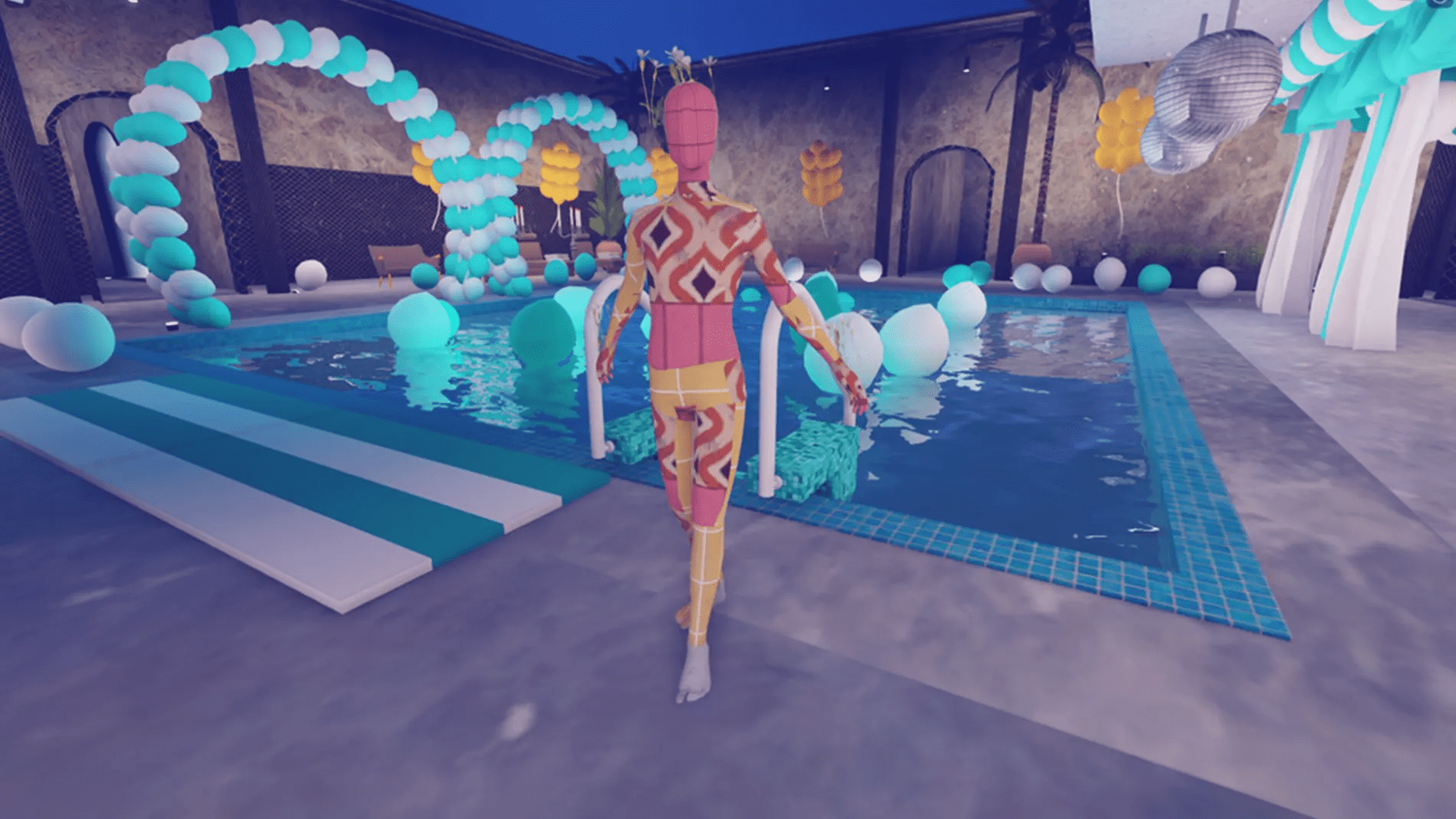From Bored Apes to decoy Doggs: Inside the NFT.NYC zoo

As an experiential creator and strategist, I often find it tough to attend an event and not think about how I would have executed it. From weddings and bar mitzvahs to conferences and music festivals — I’m in tune with what’s going on behind the scenes. Also as an experiential creator and strategist, I’m duty bound to attend conferences and trade shows to learn more about the industry, including any new tech or strategies taking off in the event world. And NFTs are a hot topic right now. For my work, I don’t really care how much a cartoon rendering of a monkey costs on OpenSea, but I do want to learn about NFTs as ticketing, crowdfunding and fan-engagement opportunities. Unfortunately, at NFT.NYC, the poor event production had greater staying power than the skills I’d hoped to learn. Here are five lessons all experiential pros can take from what went down this week in Times Square (including some awesome examples of events that are doing it right). 1) Don’t depend on cheap gimmicks for press Yes, sometimes experiential creators have to strategize fun and interesting ways to build hype around their event. I thought the gimmick at NFT.NYC was going...


